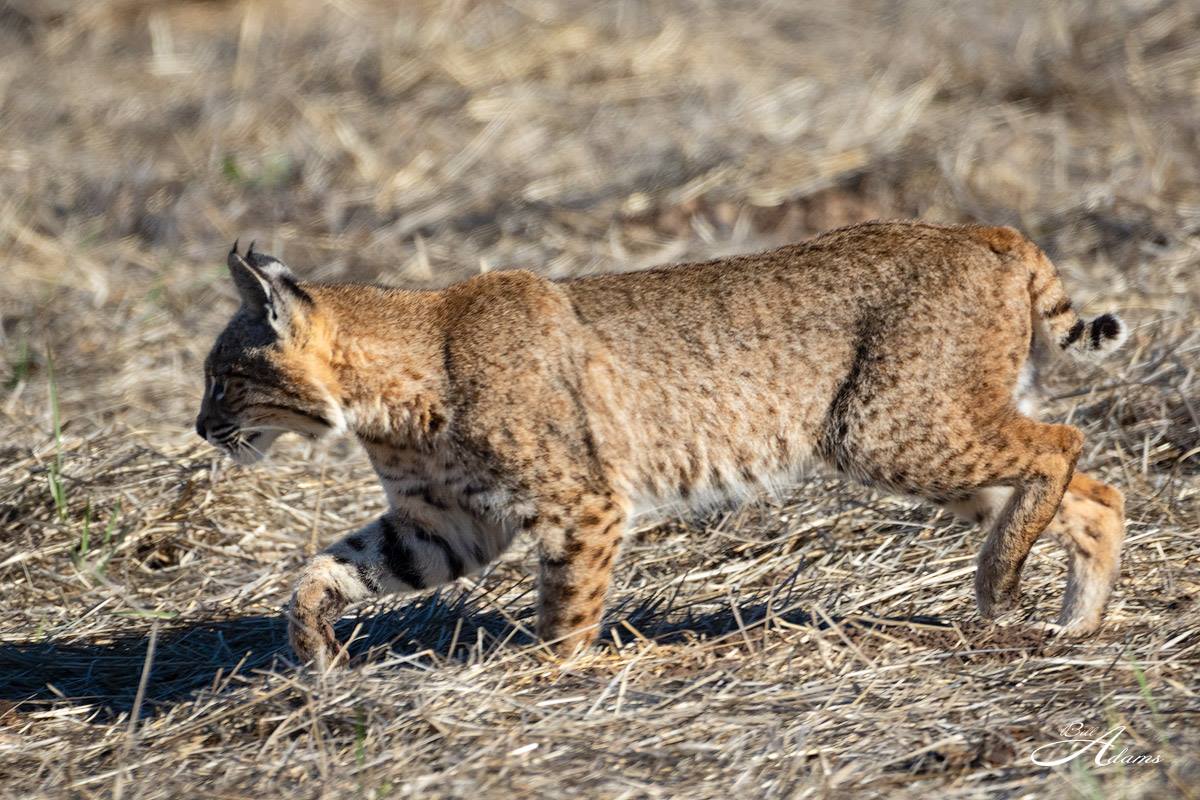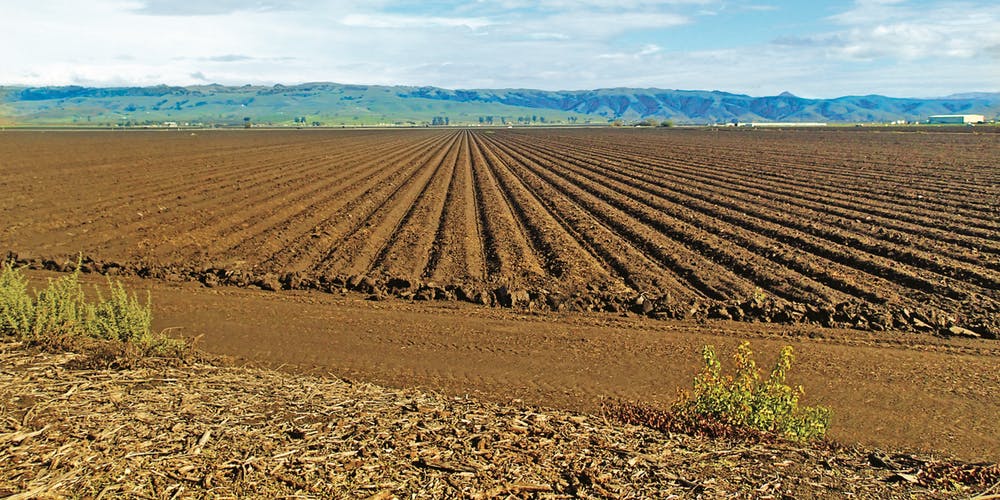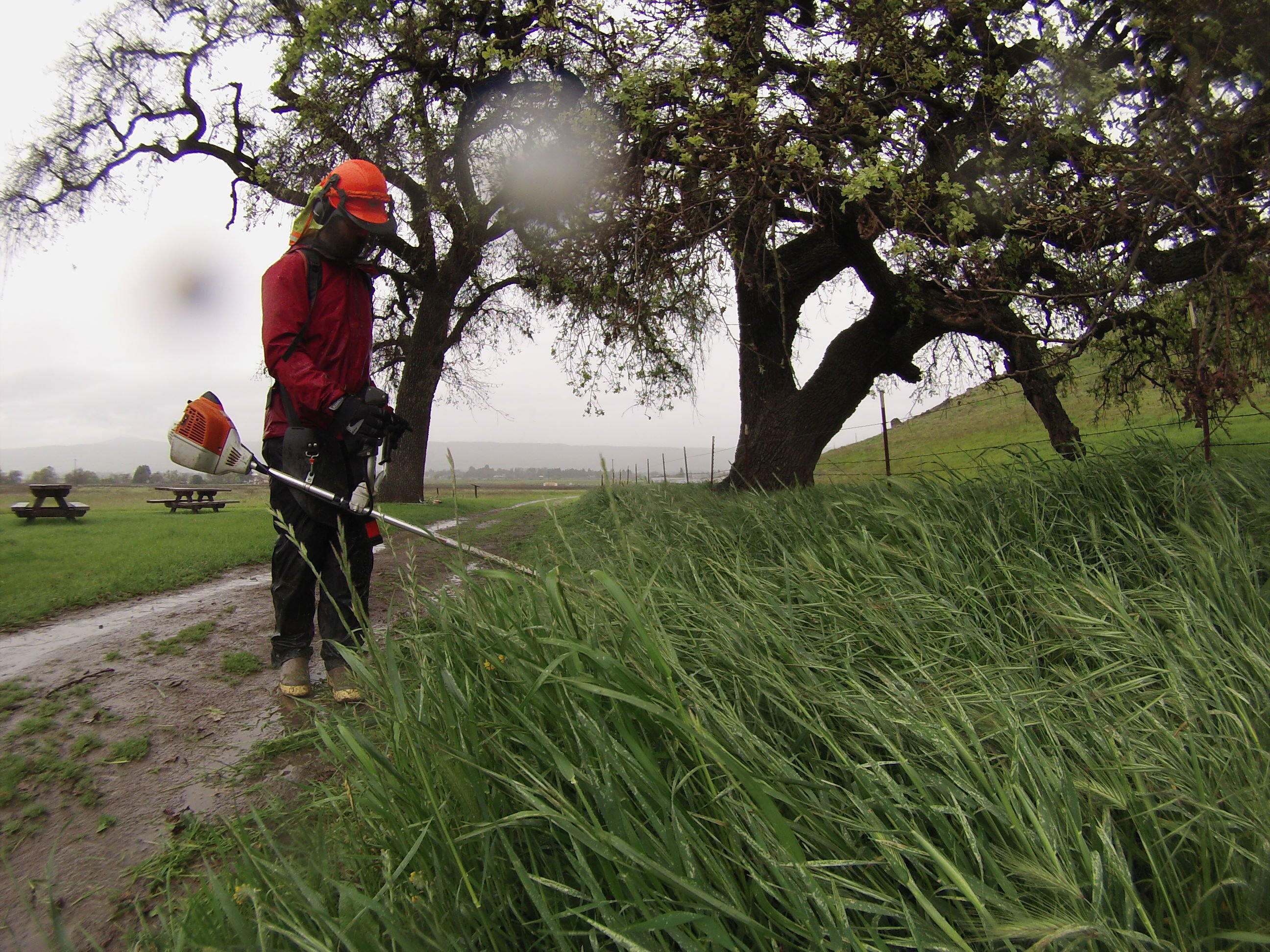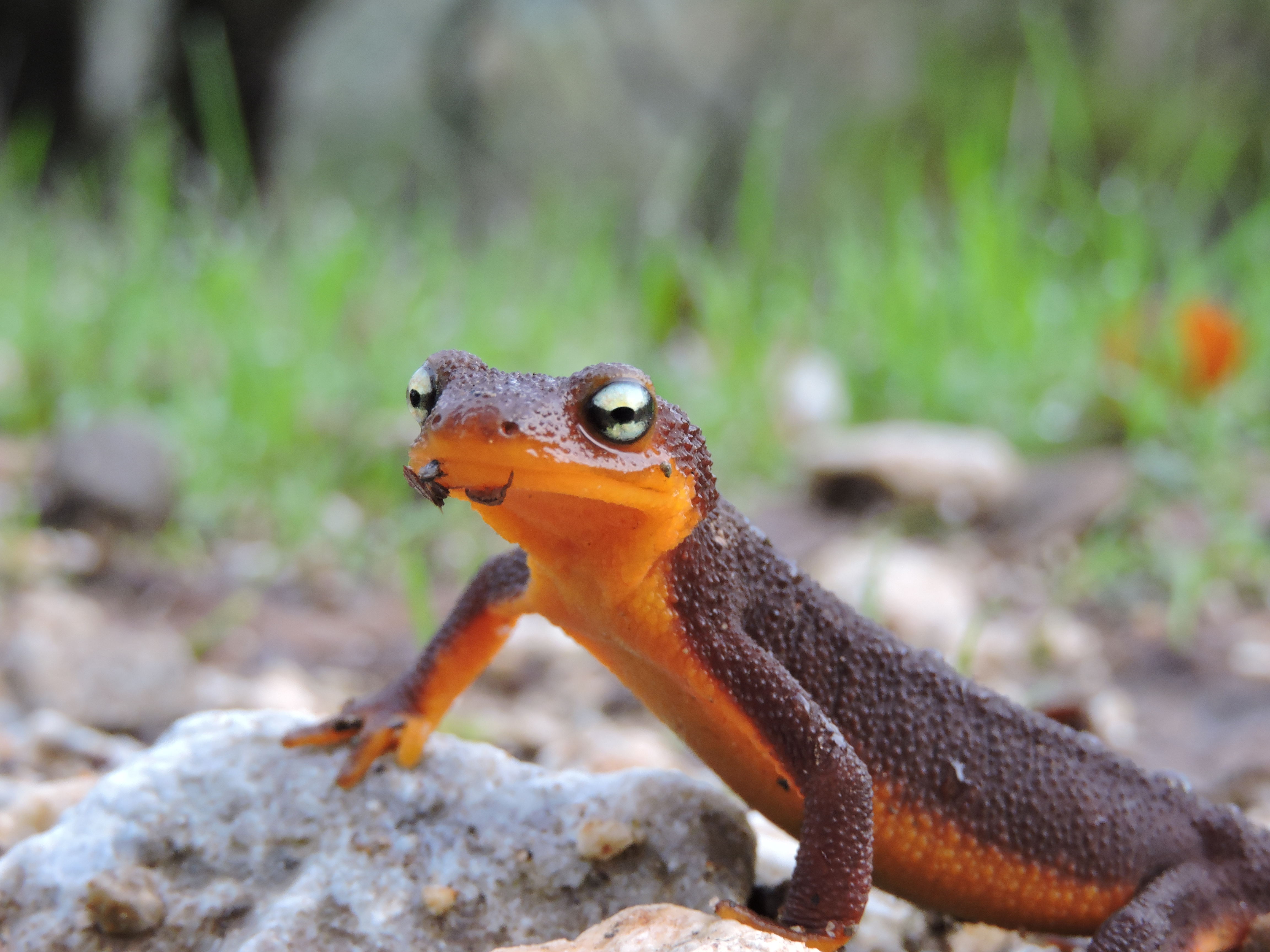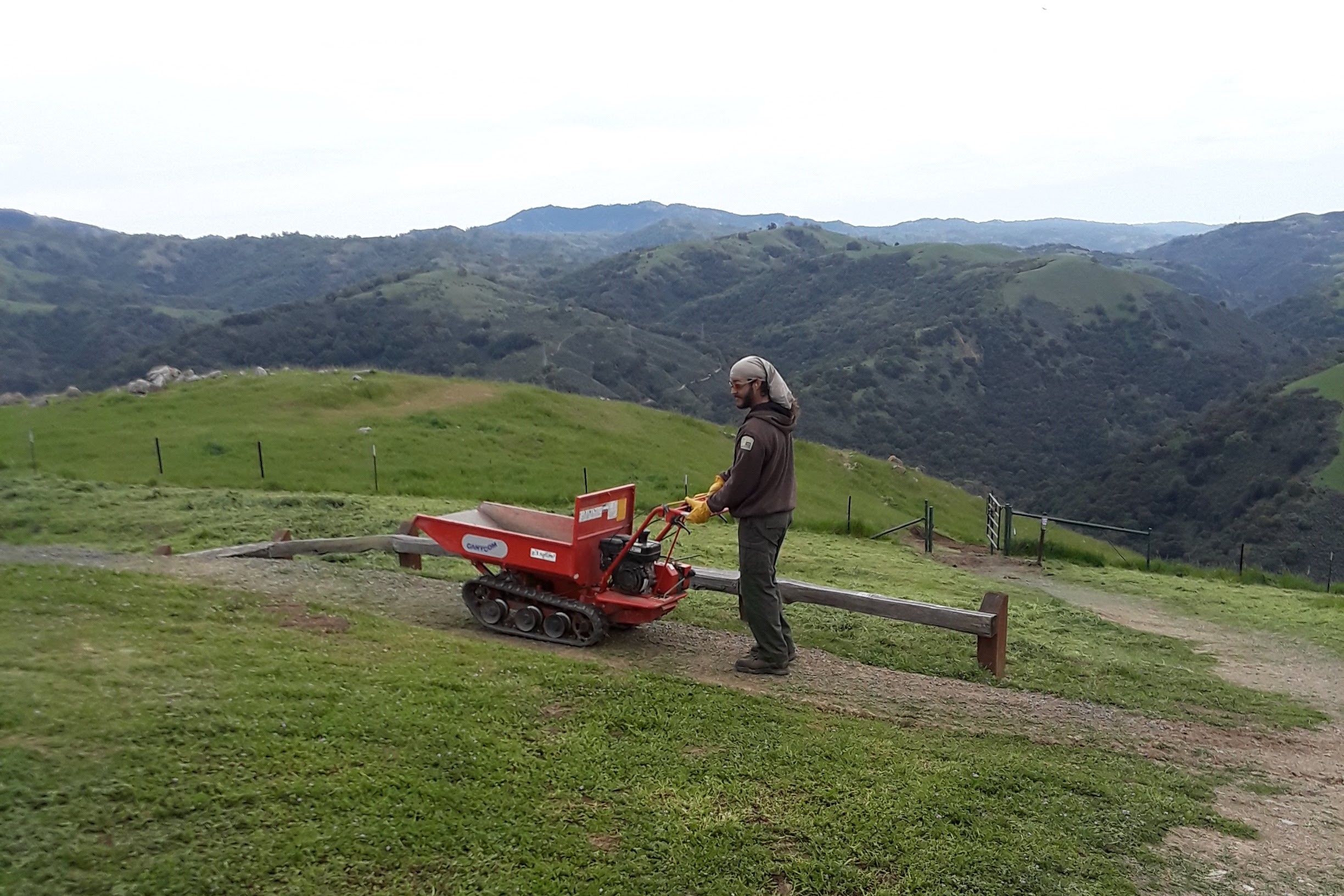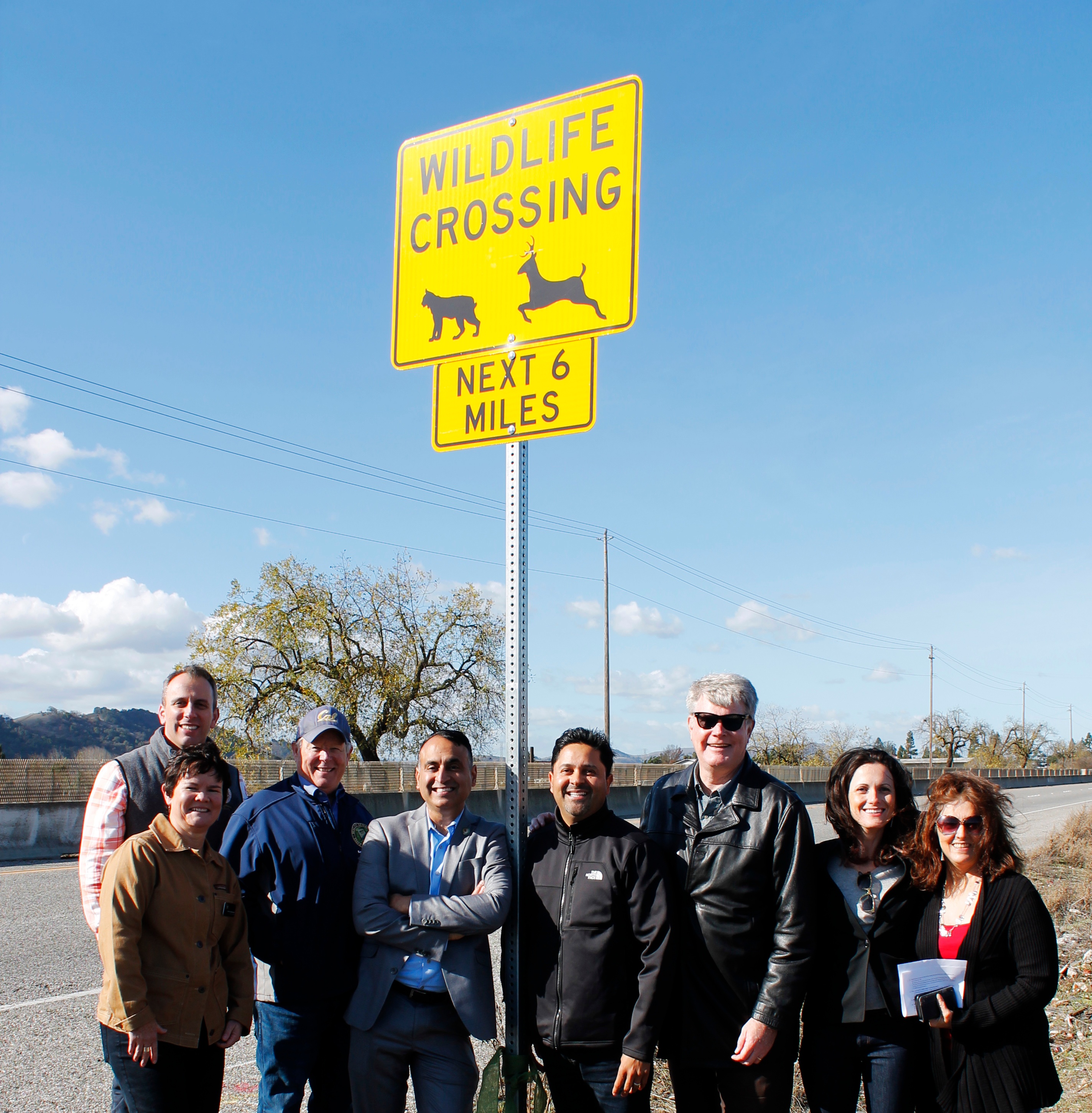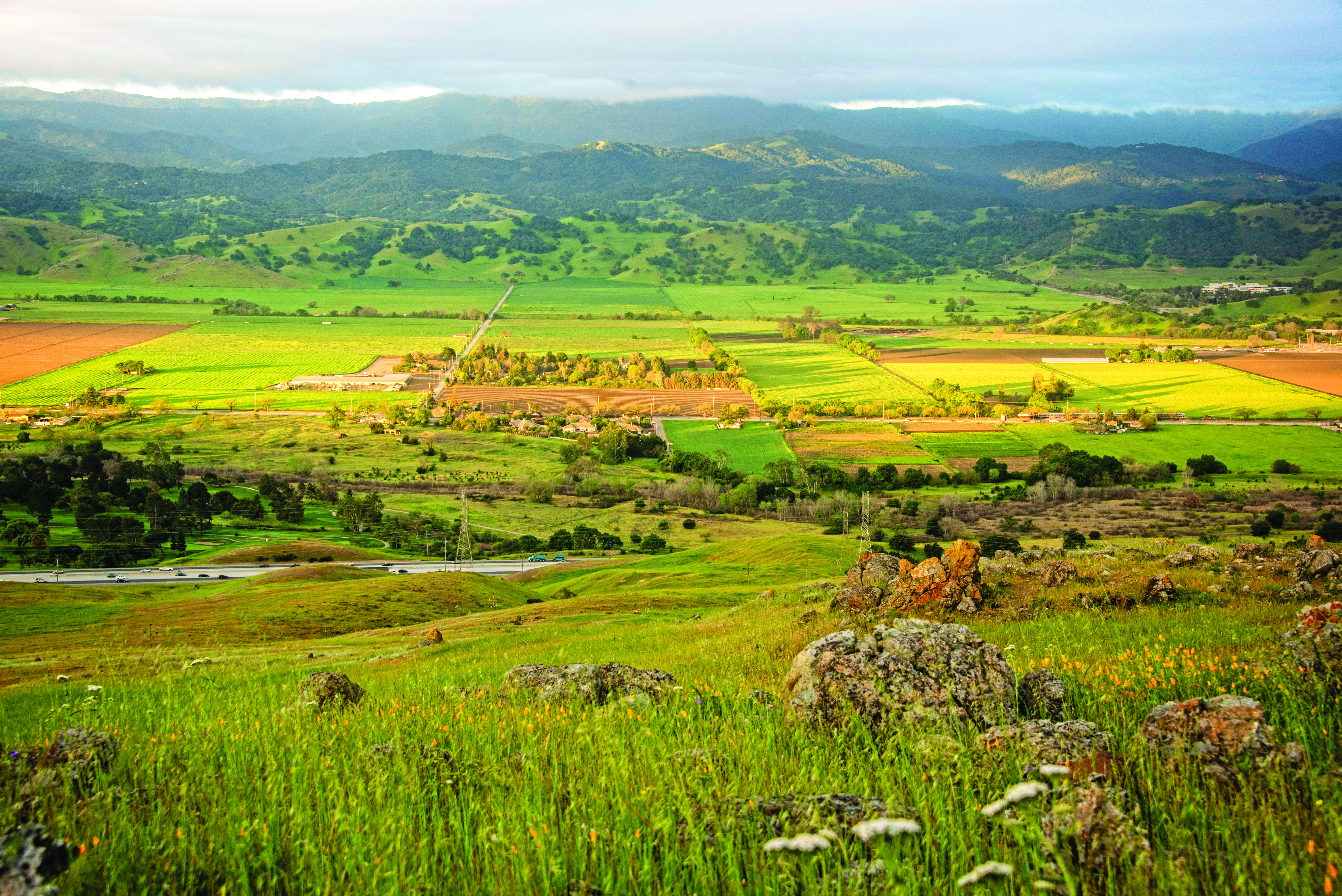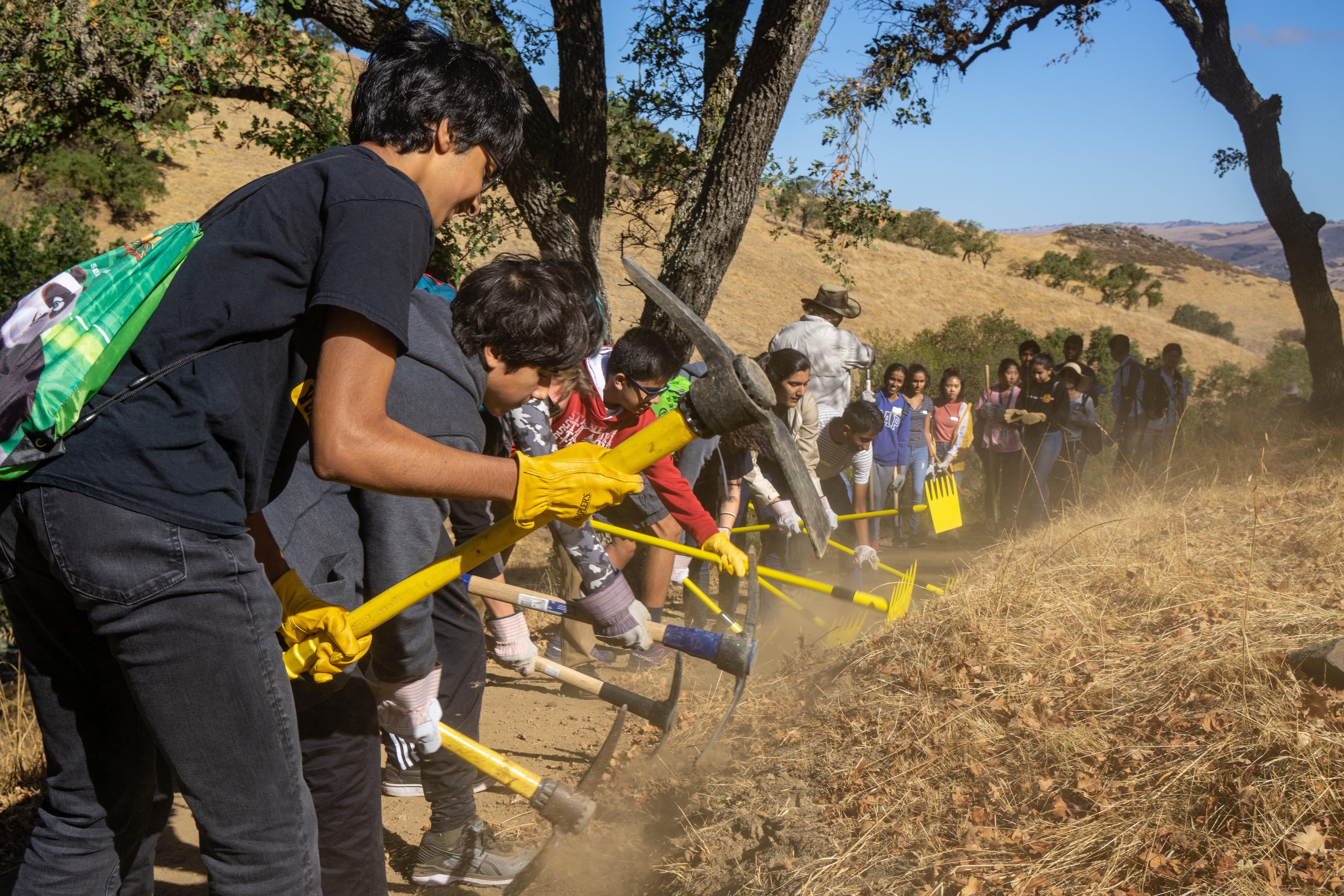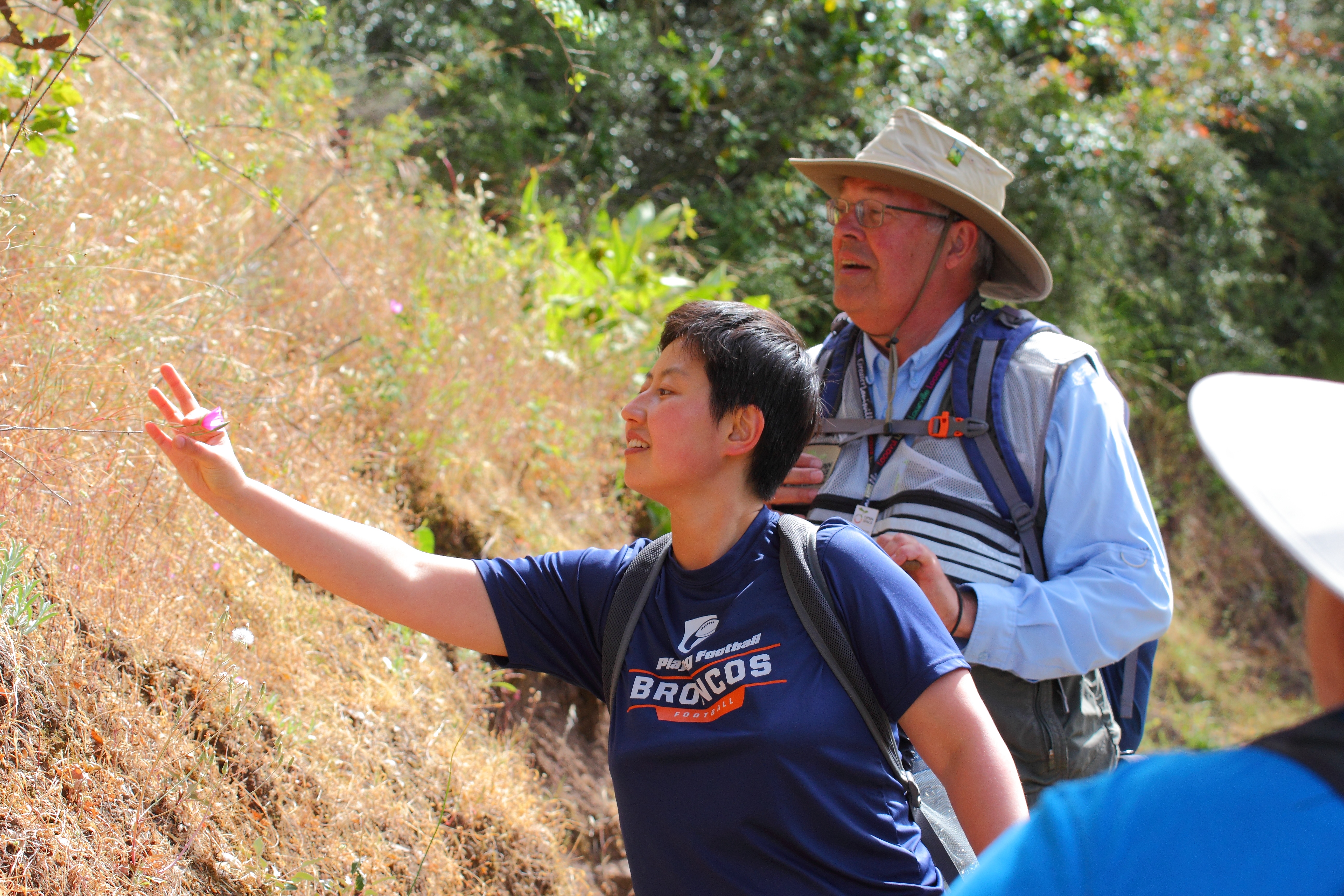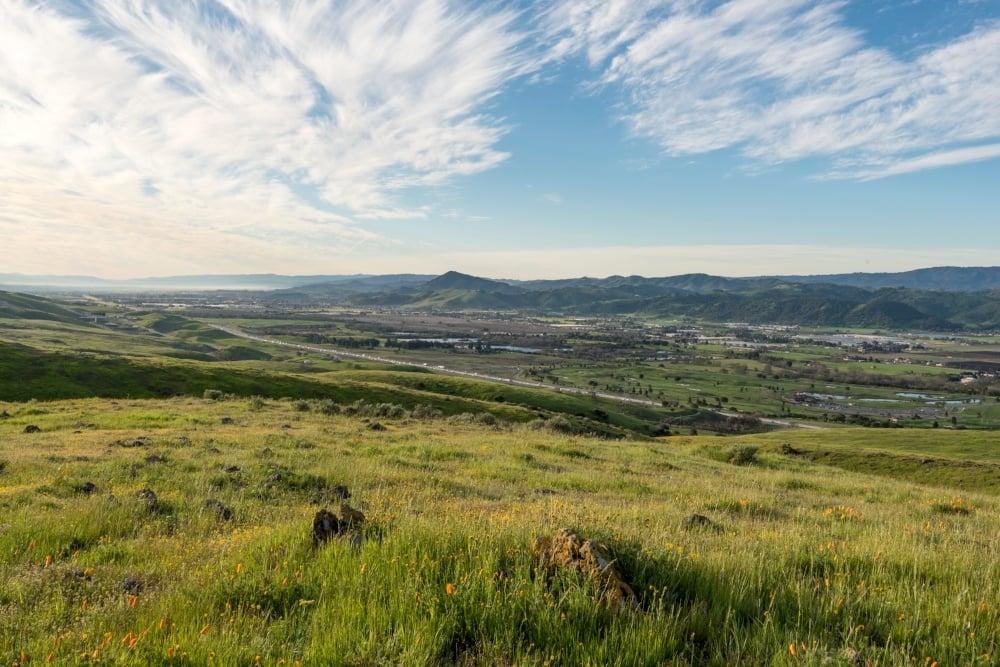How We’re Helping Wildlife Move Safely Through Coyote Valley
The roads and freeways we depend on to connect our communities pose one of the greatest threats to wildlife. Roads fragment wildlife habitat, create barriers to movement, and kill animals through vehicle collisions. Animals need to move freely in order to find mates, hunt, migrate, and spread to new areas. All of these activities are essential for wildlife to be able to share their genes and maintain population health. Roads are a major issue in Coyote Valley, one of the last remaining pathways that wildlife use to travel between protected lands in the Santa Cruz Mountains and the Diablo Range.
Growing Efforts to Protect Agriculture in the Santa Clara Valley
As part of its core mission, the Open Space Authority has taken a lead role in identifying and preserving the important agricultural lands in the Santa Clara Valley. With National Ag Week (March 10-16) and National Ag Day (March 14), we are taking the opportunity to celebrate the great efforts and partnerships that are helping the Authority identify ways to support the environmental and economic viability of the Valley’s agriculture.
Tackling Invasive Species in the Preserves
An invasive species is any organism, a plant, animal, fungus, or bacteria, that is not native to an ecosystem and causes harm to the environment, economy, or human health. These non-native organisms pose a major challenge for our open spaces, threatening biodiversity and the complex web of relationships between native plants and animals. Climate change exacerbates these threats by making it possible for previously incompatible species to survive in our new environment. National Invasive Species Awareness Week is February 24 - 28, 2020, so we wanted to share some of the threats invasive species pose to our preserves and the efforts our land management team makes to identify these threats and limit their spread.
Partnering to Leverage Conservation Funding
The Open Space Authority has recently been recognized and funded for our bold work linking nature based solutions and collaborative conservation to climate resilience and for connecting the protection of agricultural lands from sprawl as a climate-smart planning effort. Learn more about these awards and grants below.
We're Rockin' Out In Nature!
After a long, dry year our winter storms bring much-needed hydration to our natural environment, but they take a toll on the constructed features of our preserves. A lot of work goes on behind the scenes to make sure the preserves stay safe for visitors and the trails can stay open year-round.
First Wildlife Crossing Signs in Coyote Valley Unveiled
On Friday, November 30, 2018, the Open Space Authority along with the City of San Jose unveiled the first wildlife crossing signage along Monterey Road in Coyote Valley.
Councilmember Sergio Jimenez has been a champion for wildlife connectivity in Coyote Valley and led the way to secure funding to install the signs. The Councilmember led the day's festivities which included remarks from:
Coyote Valley: Nature as Infrastructure
Just as we invest in traditional urban infrastructure, like transportation and waste and water treatment, strategic investments in natural infrastructure can also provide many valuable benefits to our urban communities. Nature as Infrastructure refers to recognizing and protecting the natural ecological processes which provide us with a multitude of important “services” that include flood protection, reducing greenhouse gases, food supply, increasing resilience to climate change, and promoting the health and safety of both human and natural communities.
2nd Annual Freshman Volunteer Day with The Harker School
For the second year in a row, the freshman class at The Harker School participated in the Authority’s largest Land Steward service day at Coyote Valley Open Space Preserve. Over 200 students and staff spent the day helping with trail maintenance and joining in several environmental educational lessons.
#OptOutside - It's Good for Your Health!
A growing body of research finds that being outdoors, in open space, can have significant benefits to your physical and mental health. In the 1970’s, noted biologist E.O. Wilson shared the hypothesis that humans have an instinctual love of nature, an idea he called “biophilia.” In more recent decades, neuroscientists have started to find support for these theories in studies of the brain.
Nature as Infrastructure
Just as we invest in traditional urban infrastructure, like transportation and waste and water treatment, strategic investments in nature or green infrastructure can also provide many valuable benefits to our urban communities. These benefits include flood protection, reducing greenhouse gases, increasing access to food, and resilience to climate change for both human and natural communities.
Categories
Recent Posts
- Celebrating Healthy Soils Week
- Coyote Valley Photo Contest: Meet the People's Choice Winner!
- The Negative Impacts of Illegal Dumping
- A Silent Spring?
- Staff Spotlight: Matt Freeman
- Another Win for Agriculture in Santa Clara County
- Message from the General Manager
- Wildlife Grammy Awards
- Honoring Dr. King's Environmental Legacy
- Wildlife Thesaurus: Top 10 Native Animals with Nicknames
